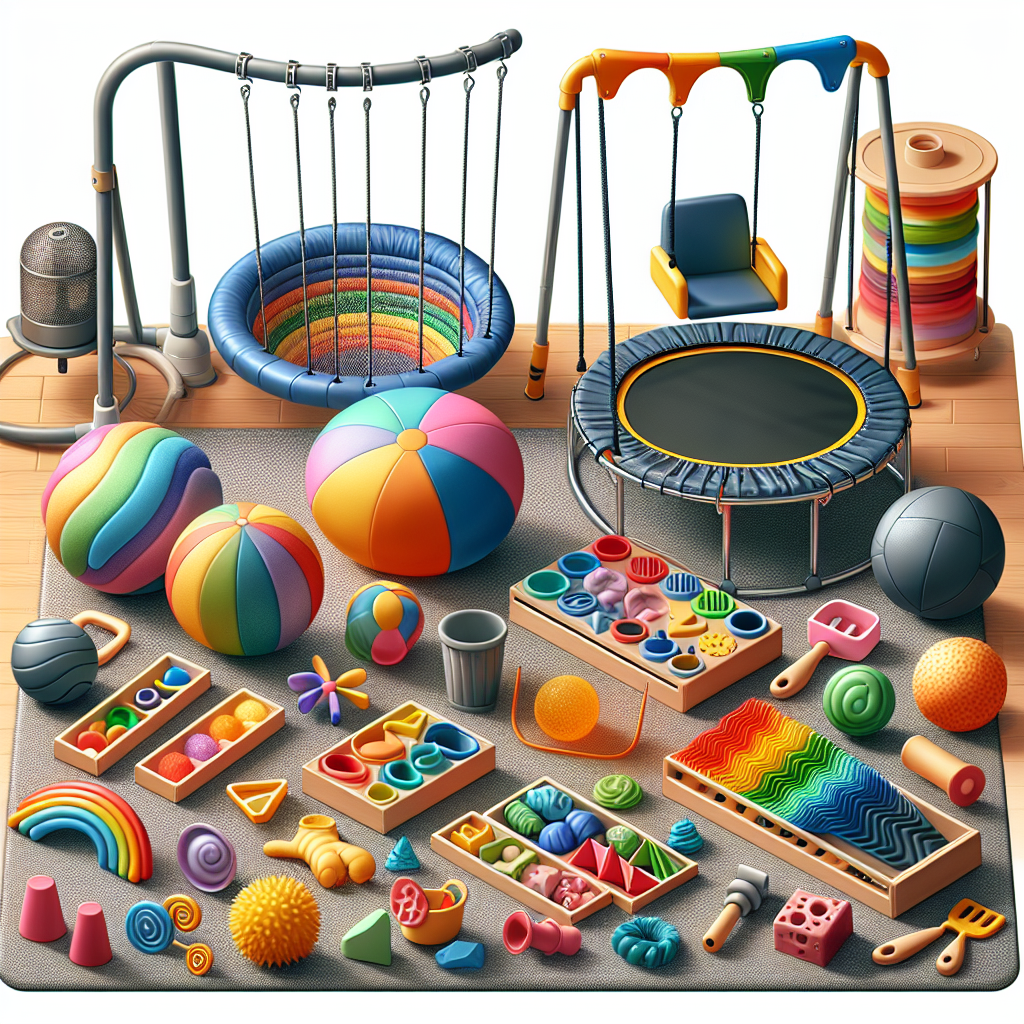Sensory integration is a critical aspect of occupational therapy that plays a vital role in helping individuals develop the ability to process and respond to the information that comes through their senses. This approach is particularly beneficial for people who have sensory processing disorders, developmental delays, or certain medical conditions that affect sensory perception. By incorporating sensory integration techniques into therapeutic practices, occupational therapists can enhance the sensory experiences of individuals, leading to significant improvements in their daily functioning and overall well-being.
Understanding Sensory Integration
Sensory integration refers to the way the nervous system receives messages from the senses and turns them into appropriate motor and behavioral responses. For most people, this process is automatic, but for those with sensory integration issues, it can be challenging to process and act upon information received through the senses. This can result in difficulties with movement, learning, or behavior.
Occupational therapy that incorporates sensory integration focuses on creating opportunities for individuals to encounter sensory stimuli in a structured, repetitive way. The aim is to help the brain adapt and allow for more efficient processing of sensory information. Activities may include tactile stimulation, vestibular (balance) exercises, and proprioceptive (body awareness) activities, which are designed to help individuals improve their sensory perception and motor skills.
Sensory Integration and Brain Health
Sensory integration has a direct impact on brain health, as the brain is the central organ that processes sensory information. When sensory signals are not integrated properly, it can lead to issues with attention, memory, and learning. Occupational therapy can help retrain the brain to process these signals more effectively, thereby improving cognitive functions and supporting overall brain health.
The Role of Occupational Therapy in Sensory Integration
Occupational therapists are trained to assess sensory processing issues and to provide interventions that can help individuals better manage their sensory experiences. They work with clients to develop individualized treatment plans that address specific sensory needs. Through occupational therapy, individuals can learn how to filter sensory information, which can lead to improved focus, organization, and a better ability to participate in daily activities.
Sensory Strategies in Senior Care
One population that can significantly benefit from sensory integration techniques is seniors. As individuals age, they may experience a decline in their sensory systems, which can impact their motor skills and cognition. Occupational therapy can address these changes by employing sensory integration techniques for senior care, which can help maintain or improve quality of life.
Sensory Needs in the Classroom
Another area where sensory integration is crucial is in educational settings. Children with sensory processing disorders may struggle with academic performance due to their inability to process sensory information effectively. Occupational therapists can collaborate with educators to develop strategies for supporting sensory needs in the classroom, creating an environment that facilitates learning for all students.
Benefits of Sensory Integration in Occupational Therapy
Sensory integration therapy can provide a wide range of benefits, including:
- Improved Motor Skills: By engaging in activities that challenge balance, coordination, and spatial awareness, individuals can develop stronger motor skills.
- Enhanced Learning Abilities: Sensory integration can help improve attention and concentration, which are critical for learning and academic success.
- Better Emotional Regulation: Processing sensory information more effectively can lead to improved emotional responses and behavior.
- Increased Participation in Daily Activities: As individuals become more adept at sensory processing, they can participate more fully in activities of daily living.
Sensory Equipment and Therapy
To facilitate sensory integration, a variety of sensory equipment may be used during occupational therapy sessions. Therapists evaluate the efficiency of different tools and strategies to support sensory processing. This includes items like weighted blankets, therapy swings, and tactile materials. Assessing the efficiency of sensory equipment is crucial to ensure that clients receive the most effective interventions.
Sensory Integration Techniques and Best Practices
Occupational therapists use a variety of techniques to address sensory integration issues. Some of these techniques may include:
- Sensory Diets: Tailored activities that provide the sensory input an individual needs to stay focused and organized throughout the day.
- Play Therapy: Incorporating play into therapy allows children to naturally encounter sensory stimuli in a fun and engaging way.
- Environmental Modifications: Adjusting lighting, reducing noise, and creating quiet spaces can help individuals with sensory sensitivities feel more comfortable.
- Therapeutic Listening: Using sound therapy to improve attention, balance, and sensory regulation.
External Resources for Sensory Integration
For those looking to explore sensory integration further, here are some niche resources:
- A comprehensive guide on sensory processing issues and strategies can be found at the Sensory Processing Disorder Foundation.
- The STAR Institute offers training and resources for therapists, parents, and educators on sensory integration therapy.
- Research on the effectiveness of sensory integration therapy can be accessed through the American Journal of Occupational Therapy.
Conclusion
Sensory integration plays a crucial role in occupational therapy, providing a pathway for individuals to improve their sensory processing abilities and, as a result, their daily functioning. Through targeted interventions, occupational therapists can make a significant difference in the lives of those with sensory processing challenges, helping them to engage more fully in life’s activities.
For more information on how sensory health influences various aspects of life and development, readers can visit Avix Health for additional insights and resources.



